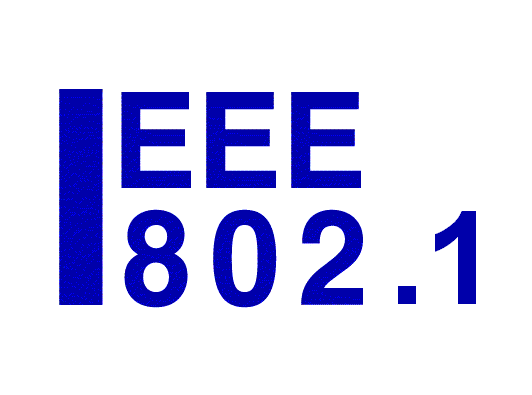802.1Qbg – Edge Virtual Bridging
The full title of this PAR is “IEEE Standard for Local and Metropolitan Area Networks—Virtual Bridged Local Area Networks – Amendment: Edge Virtual Bridging.”.
This standard specifies protocols, procedures, and managed objects that: – Provide for the discovery, configuration, and control of a pair of direct-attached limited-function Service VLAN (S-VLAN) components to extend the services of a customer bridge to remote ports and enable coexistence of multiple services on station-resident ports.(e.g. port aggregation services, embedded bridging) – Provide for discovery, configuration, and control of a Reflective Relay Service for a bridge port when it is connected to a Port Aggregation Service. – Define the requirements for, and operation of, a Port Aggregation Service required to allow the loop free operation of the Reflective Relay Service. – Provide for discovery of, and coordinated configuration of, station-embedded Port Aggregators and station embedded Customer VLAN (C-VLAN) Components.
The purpose of this standard is to allow multiple virtual stations to share a common bridge port to obtain the services of bridge relay. The standard enables coordinated configuration and management of bridge services for virtual stations.
Station (desktop and server) virtualization is introducing a proliferation of virtual stations that share access to a network through an embedded bridge. The embedded bridge in a virtual station host and bridges in the adjacent network may be under different management domains. Network administrators may desire an extension of the adjacent bridge capabilities to the virtual station ports. A reflective relay service is needed so that inter-virtual-station traffic can be exposed to the relay in the adjacent bridge as well as its associated services (e.g., security, statistics, etc.). A pairing of limited-functionality S-VLAN Components is needed to allow for multiple virtual links between an adjacent bridge and a virtual station host so that the host can support multiple services (port aggregation, embedded bridging, dedicated bridge link).
Current Status
| Status | PAR approved December 9th, 2009. Standard approved May 14th, 2012. Incoroporated into 802.1Q-2012 Edition. |
| Editor | Tony Jeffree |
Archive
